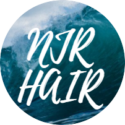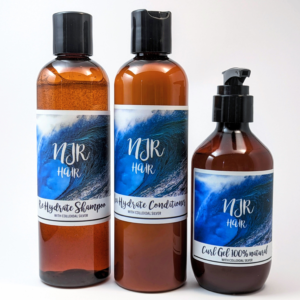Are you new to the curly girl method? Or wanting to embrace your natural curls? This is the article for you…
If you’ve recently been introduced to the curly girl method, you may find the amount of information out there a little confusing or overwhelming. Changing your entire hair routine and the products you use can be intimidating – but the results you’ll start to see will make it all worth it!
To make things easier for you, I’ve simplified the CG method based on both 40+ years working with curly haired clients and what I’ve researched online.
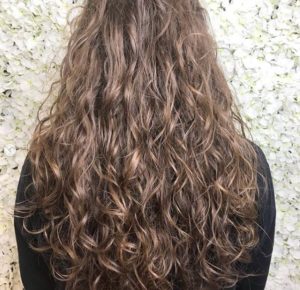
Which method of washing is suitable for my hair?
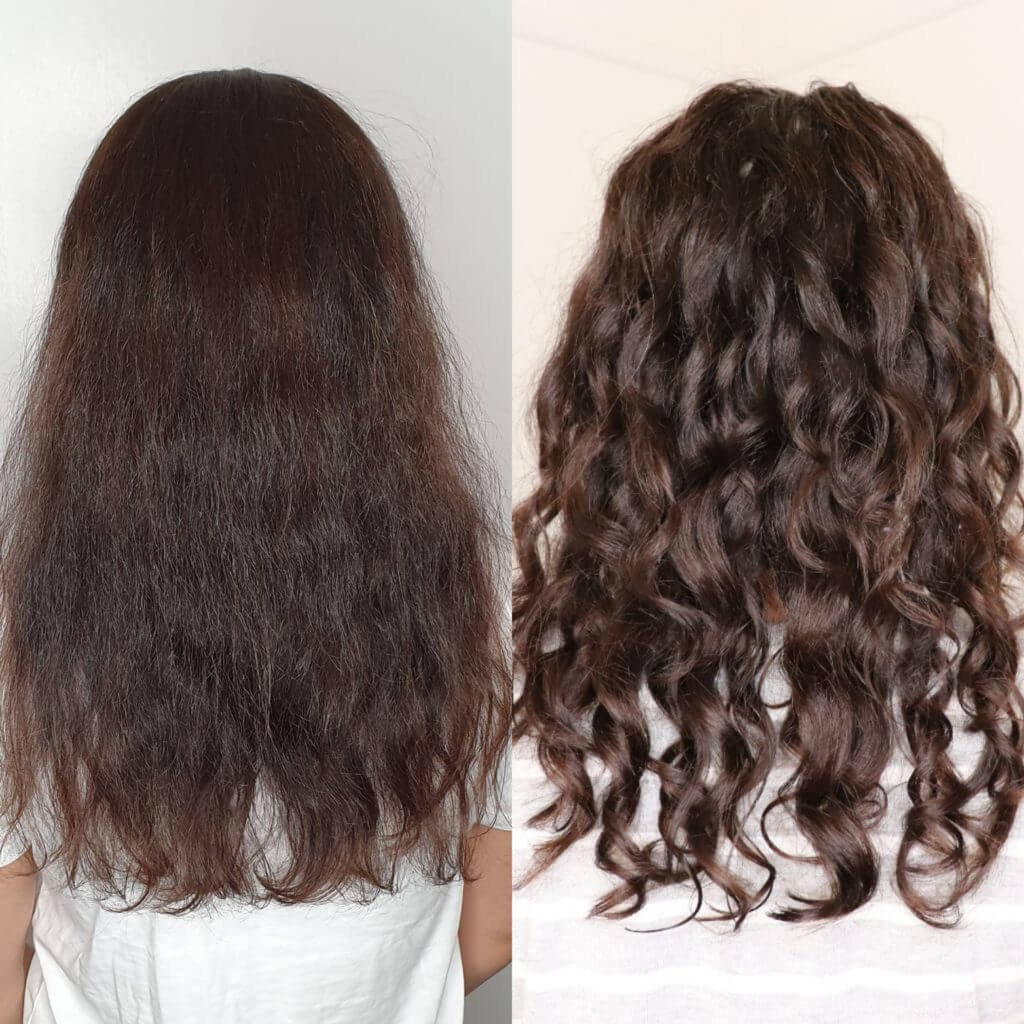 There seem to be at least 3 methods of washing the hair and, in my experience, it is based mainly on hair texture, density and trialling several methods to find which suits best.
There seem to be at least 3 methods of washing the hair and, in my experience, it is based mainly on hair texture, density and trialling several methods to find which suits best.
The ‘co-wash’
The is the process of replacing your shampoo with a conditioner, and using the conditioner on to the scalp to cleanse and condition the hair. This helps to remove product build-up, and seems to suit mainly those with thick frizzy or voluminous curls.
The apple cider vinegar rinse
This is a water based solution that may also contain essential oils and several other water soluble ingredients. It’s used for a more effective way to remove product build up or scale from the scalp.
As the solution is the correct P.H. level, it helps to tone and cleanse the scalp without adding any weight to it. This wash method seems to suit medium density curls and is good for getting roots residue free.
A low poo sulphate/silicone free shampoo
A low-poo shampoo helps to cleanse hair that is very flat or oily at the roots. It suits curls that are in need of lift, so it works particularly well for curly girls with fine hair.
This is a debatable method, as some curly girl groups do not agree with this method – however in my experience, it may be the only way to remove excess oil or product build up.
How often does my hair need to be washed using?
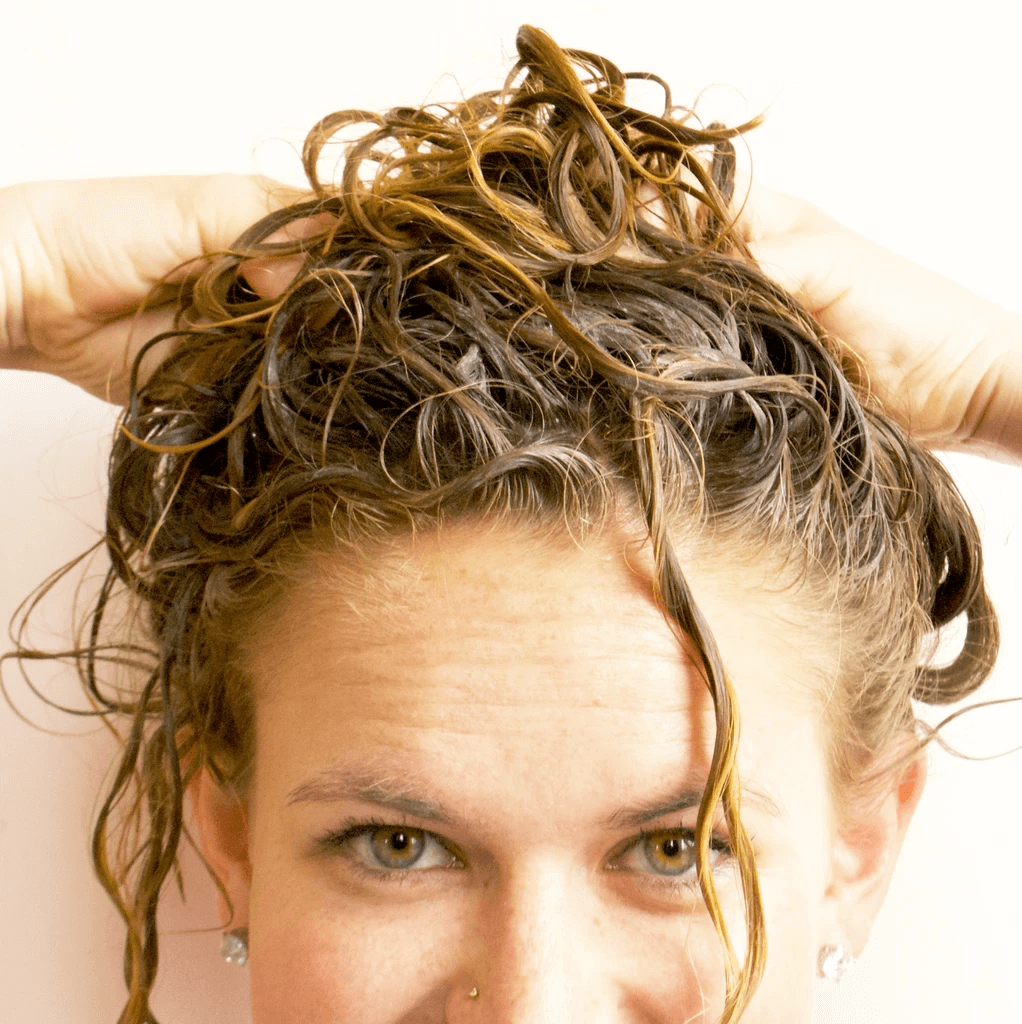 This is again, debateable, and there are no hard and fast rules.
This is again, debateable, and there are no hard and fast rules.
However, using my experience and feedback from clients, generally once a week some form of cleansing method needs to be utilised in order for the hair to hold a shape for at least a week.
Often curly girls will fully wet their hair later on during the week to reconfigure the curl and then every few days use a ‘refresh’ method to maintain the shape.
Pre wetting treatment
It is advisable that once a week you do a ‘pre shampoo treatment’ with a light oil applied to the dry hair for at least an hour or even the night before.
The oil must be natural and silicone free.
Know your curls
Decide on which of these methods is best suited to your curls, and this will give you a better result during the drying styling process.
First, establish what it is you are trying to achieve with your curls:
A. To reduce volume and frizz and try to control the curl
Solution: Your hair needs more moisture and also more layers of product to calm it down and give a firmer hold.
B. To enhance your natural curl without changing it too much
Solution: Requires only a bit of product to enhance the existing curl, a medium hold especially at the roots
C. To encourage curl and gain lift and volume
Solution: Minimum product with no heavy conditioning properties to allow for maximum root lift and volume
With all three of these methods, hydration is the priority and keeping the hair saturated through every step of the after wash and styling routine is most important.
Squish to condish
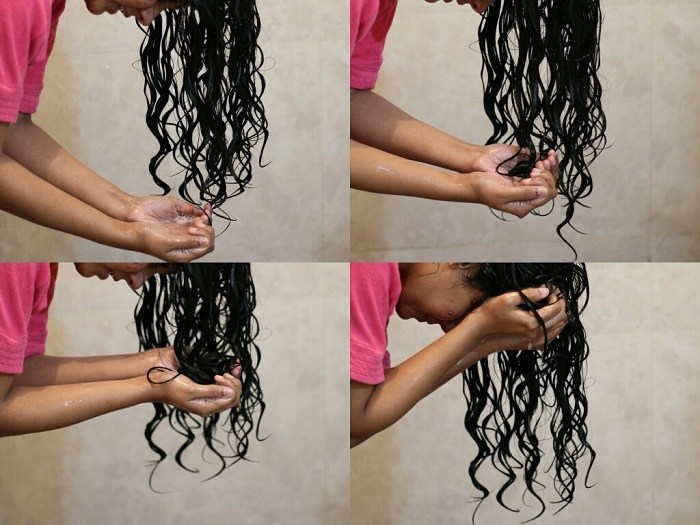 ‘Squish to condish’ is a method you should hopefully already be familiar with. It involves squishing moisture into the mid and ends of the hair while head is either upside down or side to side. How much product you use at this point is governed by which category you are in: A, B or C.
‘Squish to condish’ is a method you should hopefully already be familiar with. It involves squishing moisture into the mid and ends of the hair while head is either upside down or side to side. How much product you use at this point is governed by which category you are in: A, B or C.
Category A (Reduce volume and frizz)
You will need to layer the product on at this point; primarily a heavy leave in conditioner or even a mask, followed by a curl cream and then a gel for maximum hold (and to decrease, rather than increase volume).
Category B (Enhance curl)
You would be using water, then adding a medium hold product to the roots (such as a mousse, a light gel, medium hold curl cream or a sea salt spray) and combining a leave in conditioner to only the ends of your hair.
Category C (Enhance curl and volume)
You’ll mainly need water, then a very light holding product (such as a mousse or a sea salt spray), as too much or too many layers of product will weigh it down.
Plopping – to plop or not to plop?
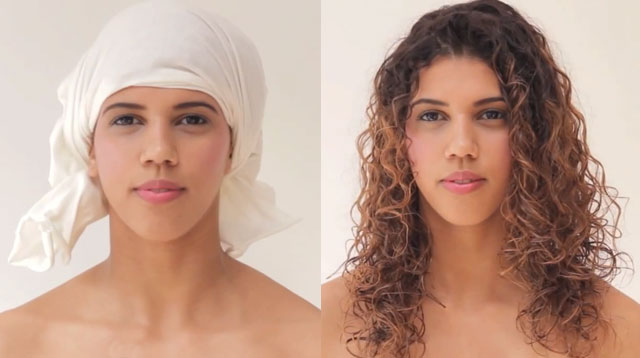 This is a method of pre-drying that again, you should hopefully be familiar with. It involves using either a micro-fibre towel, a cotton t-shirt or turban style towel.
This is a method of pre-drying that again, you should hopefully be familiar with. It involves using either a micro-fibre towel, a cotton t-shirt or turban style towel.
The main thing to consider is: do you need to plop at all? In my experience, I have seen seen that…
A. Thick, full voluminous curls do not necessarily need the plop as they already have strong definition and volume
B. Medium curls may need the plop to assist with more curl shape and lift from the roots (but can also be left to dry with no plop)
C. Fine curls generally benefit from the plop as it is a way of increasing volume, lift and allows the roots a chance to dry first to give a “bigger” over all finish
Drying curls
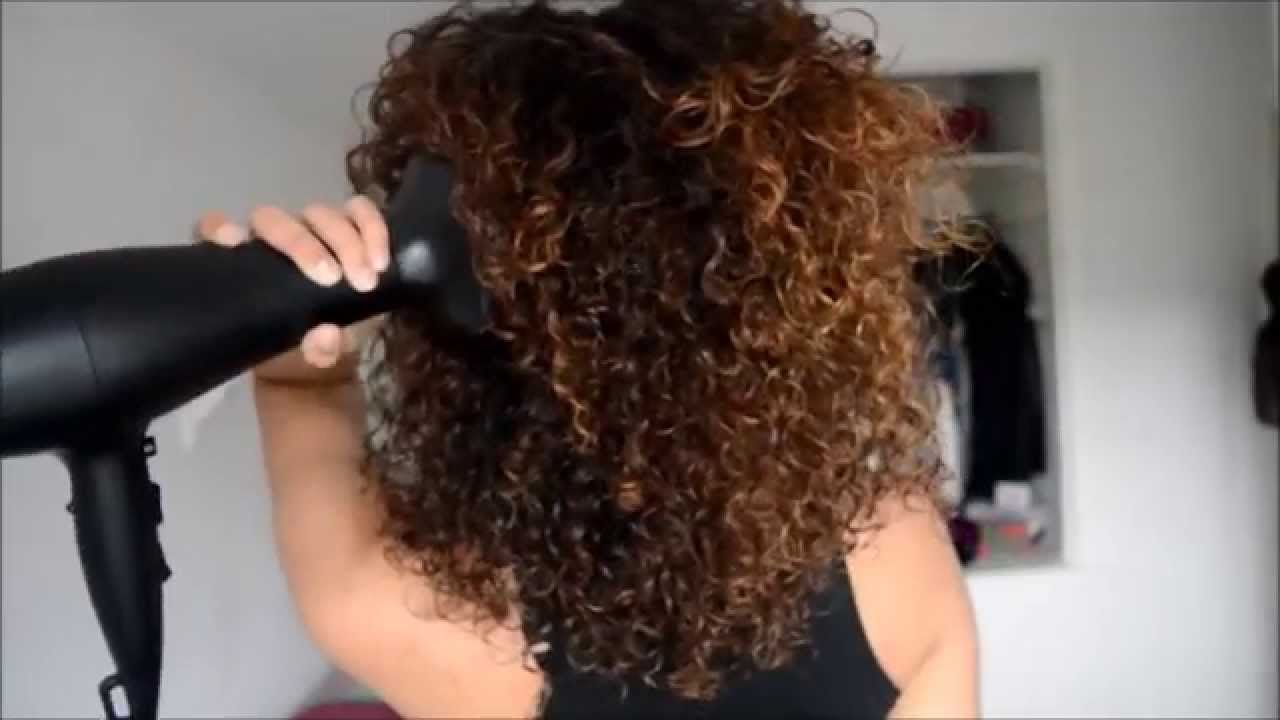 It’s unanimous, whatever you intend to do, always air dry mostly first – and this goes for all 3 curl types. Why? To avoid frizz, as using artificial heat straight off will cause that. It also means no time for the curl to fully develop.
It’s unanimous, whatever you intend to do, always air dry mostly first – and this goes for all 3 curl types. Why? To avoid frizz, as using artificial heat straight off will cause that. It also means no time for the curl to fully develop.
Timing of your plop for category B and C should be maximised to allow curl to form. Then, there’s an option for hair pinning using pin curl clips. This gives definition to the clumps of hair and also creates lift at the roots. At this point, a light over all diffuse may help to set the curl. It’s best to leave pins in the hair for as long as possible.
Option 1: Take out the pins when hair is mainly dry, then gently finger scrunch or ‘scrunch out the crunch’. ‘Scrunching the crunch’ involves tipping head forward and side to side while gently scrunching the hair in your fingers (but without raking them through).
Option 2: Remove the pins and then – with the appropriate dryer diffuser combination – pile up the curls again side to side into the diffuser bowl before you turn it on use a medium/low heat setting and a low speed setting. Hold in place without moving bowl around then turn it off, remove and start on another section. Repeat all around the head until almost dry.
Note – it’s always best to leave hair a little bit damp to let the curl form into its more natural state.
Curly hair product recommendations
For beginners: NJR Hair Curly Girl Starter Kit
Treatments: Garnier Hair Food, Olaplex, Earthwise, Shea Butter Moisture
Leave in conditioners: NJR Hair, Giovanni, Jessicurl, Marmalade, Pump.
Curl creams: KMS, Cantu, Jessicurl, Kinky Curly, NJR Hair
Gels: ECO, Giovanni, Jessicurl, NJR Hair, Helena, Cantu, Ecoslay
Mousse: John Frieda, Schwarzkopf, Giovanni
If you have any questions about the curly girl method techniques or products, please send a message on our Facebook page.
Nigel
